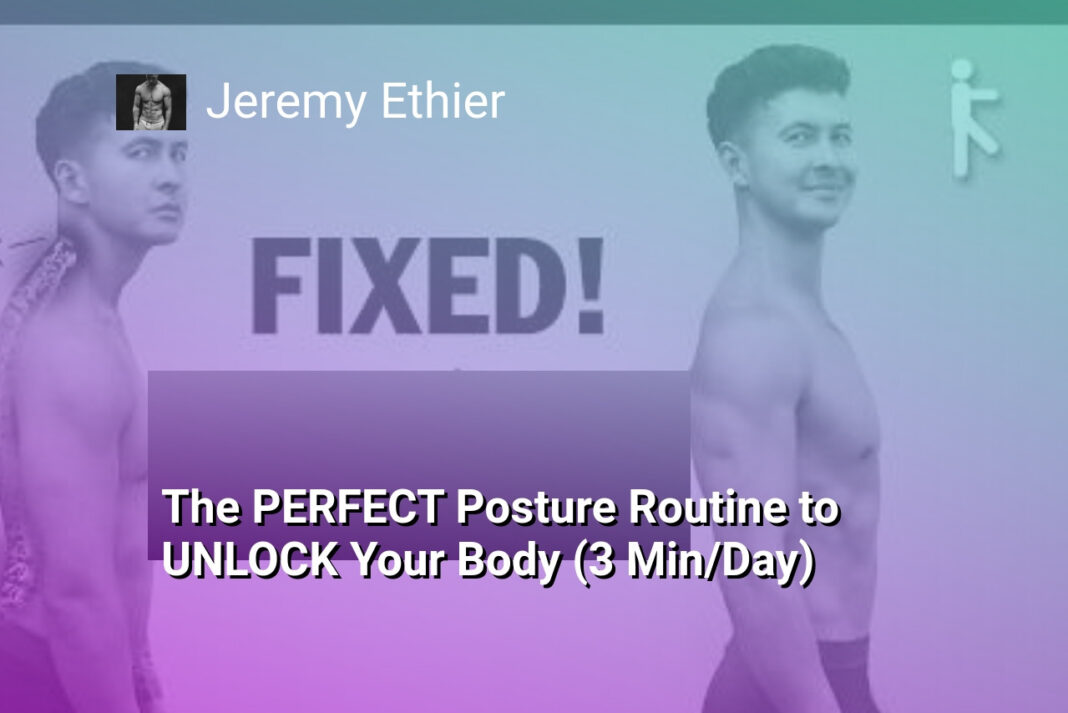The Bottom Line:
Here is a summary of the main points in the first-person perspective:
- Exercise is simply movement, and you don’t have to overcomplicate it, especially if your goal is just to be healthy.
- You cannot spot reduce fat – fat loss is determined by your genetics and overall training style, not targeted exercises.
- Cardio is not the only way to lose weight; you can create a calorie deficit through various training methods and adjusting your diet.
- More sweat does not mean more fat burn, as you can burn calories and fat without excessive sweating, especially through weight training.
- Being sore after a workout does not necessarily mean you worked hard enough, especially if you’re new to exercise – focus on consistency over intensity in the beginning.
You Can’t Spot Reduce Fat
Targeting Specific Areas for Fat Loss is Ineffective
One of the most common misconceptions about fat loss is the idea of “spot reduction” – the belief that you can target and lose fat from specific areas of your body through focused exercises. Unfortunately, this is simply not how the human body works. Fat loss occurs as a result of an overall calorie deficit, not by targeting specific regions.
The Truth About Fat Loss
When you create a calorie deficit, your body will draw on its fat stores for energy, but it does not have the ability to selectively burn fat from certain areas. The order in which your body loses fat is determined by your genetics, hormones, and other individual factors. Some people may lose fat from their midsection first, while others may see it come off their legs or arms first. Trying to “spot reduce” fat through exercises like crunches or leg raises is ultimately futile, as you cannot control where your body chooses to mobilize fat from.
Focusing on the Big Picture
Instead of getting caught up in the myth of spot reduction, it’s important to focus on creating an overall calorie deficit through a combination of diet and exercise. This holistic approach to fat loss will be much more effective than trying to target specific problem areas. By making sustainable changes to your nutrition and activity levels, you can gradually lose fat from all over your body, rather than just in one specific region. The key is patience and consistency, as fat loss is a gradual process that requires time and dedication.
Cardio Isn’t the Only Way to Lose Weight
Cardio Isn’t the Only Way to Lose Weight
Many people believe that the only way to lose weight is through extensive cardio exercises. However, this is a common myth that can discourage individuals from engaging in physical activity. Cardio is certainly an effective tool for weight loss, but it is not the only option.
Strength Training for Weight Loss
Strength training, such as weightlifting or resistance exercises, can be just as effective, if not more so, for weight loss. These types of exercises help build muscle, which in turn increases your metabolism. The more muscle you have, the more calories your body will burn, even at rest. Additionally, strength training can help tone and shape your body, giving you a more defined and toned appearance.
Incorporating Variety
It’s important to incorporate a variety of exercises into your fitness routine. While cardio can be beneficial, it’s not the only way to lose weight. By mixing in strength training, high-intensity interval training (HIIT), and other forms of exercise, you can create a well-rounded and effective workout plan that caters to your individual needs and preferences. This can help you stay motivated and engaged, ultimately leading to more sustainable weight loss results.
Remember, the key to successful weight loss is creating a calorie deficit, whether through diet, exercise, or a combination of both. By exploring different types of exercise and finding what works best for you, you can achieve your weight loss goals without feeling limited to solely cardio-based activities.
More Sweat Doesn’t Mean More Fat Burn
The Myth of More Sweat Equals More Fat Burn
One of the common misconceptions about exercise is that the more you sweat, the more fat you’re burning. This is simply not true. The amount of sweat produced during a workout does not directly correlate to the amount of fat being burned.
Understanding the Role of Sweat
Sweat is the body’s natural cooling mechanism. It is the result of the body trying to regulate its temperature, not an indicator of fat loss. Some people naturally sweat more than others, regardless of the intensity of their workout. Factors like genetics, hydration levels, and environmental conditions can all influence how much someone sweats.
Focusing on Intensity, Not Sweat
Instead of focusing on how much you’re sweating, it’s more important to pay attention to the intensity of your workout. High-intensity exercises like strength training, HIIT (High-Intensity Interval Training), and even brisk walking can burn a significant amount of calories and fat without necessarily causing you to sweat profusely. The key is to challenge your body and push it to work harder, not just to sweat more.
Furthermore, some low-intensity exercises, such as yoga or Pilates, can be highly effective for fat loss, even though they may not cause you to sweat as much as a high-intensity cardio session. The overall calorie burn and metabolic effects of these workouts are what ultimately matter for fat loss, not the amount of sweat produced.
In conclusion, the amount of sweat you generate during a workout is not a reliable indicator of how much fat you’re burning. Instead, focus on the intensity and duration of your exercise, as well as your overall calorie balance, to achieve your fat loss goals.
You Don’t Have to Be Sore After a Workout
Embracing Soreness-Free Workouts
Many people believe that if they’re not sore after a workout, they didn’t work hard enough. This is a common misconception that can actually discourage people from exercising consistently. The truth is, you don’t have to be sore after a workout to see results.
Soreness Doesn’t Equal Effectiveness
Soreness is often a result of doing a new or more intense exercise, but it doesn’t necessarily mean you had a better workout. In fact, being too sore can actually hinder your progress and make it difficult to return to the gym. When you’re just starting out or trying a new routine, it’s normal to experience some muscle soreness, but it shouldn’t be the goal.
Listening to Your Body
The key is to listen to your body and adjust your workouts accordingly. If you’re consistently sore for days after a workout, it may be a sign that you’re overdoing it. Instead, focus on gradually increasing the intensity and duration of your workouts to allow your body to adapt. This will help you build strength and endurance without the debilitating soreness.
Remember, the goal of exercise is to improve your overall health and fitness, not to punish your body. By letting go of the idea that you have to be sore to have a good workout, you can create a more sustainable and enjoyable fitness routine that will keep you motivated and consistent.
Meal Timing Isn’t as Important as You Think
Embracing Flexible Meal Timing
The notion that precise meal timing is crucial for fitness progress is a common misconception. While meal timing can play a role, it is often overemphasized and can lead to unnecessary stress and complexity. The truth is, the overall quality and quantity of your diet are far more important factors in achieving your fitness goals.
Prioritize Consistency Over Rigidity
Many people become discouraged when they can’t adhere to a strict meal schedule, leading them to abandon their fitness efforts altogether. It’s important to recognize that consistency is key, and that flexibility in your meal timing can actually be beneficial. As long as you’re meeting your daily calorie and macronutrient requirements, the specific timing of your meals is less important than you might think.
Focusing on the Big Picture
Instead of obsessing over the perfect meal timing, shift your focus to establishing a sustainable, balanced diet that aligns with your lifestyle and preferences. This might mean having larger meals earlier in the day, or spreading your intake out into smaller, more frequent meals. The key is to find an approach that you can stick to consistently, without feeling overly restricted or burdened by rigid rules.
By letting go of the myth that meal timing is a make-or-break factor, you can free up mental energy to concentrate on the more impactful aspects of your fitness journey, such as building healthy habits, creating a calorie deficit, and engaging in regular physical activity. Embrace a flexible, forgiving approach to meal timing, and you’ll be more likely to maintain your progress over the long term.





